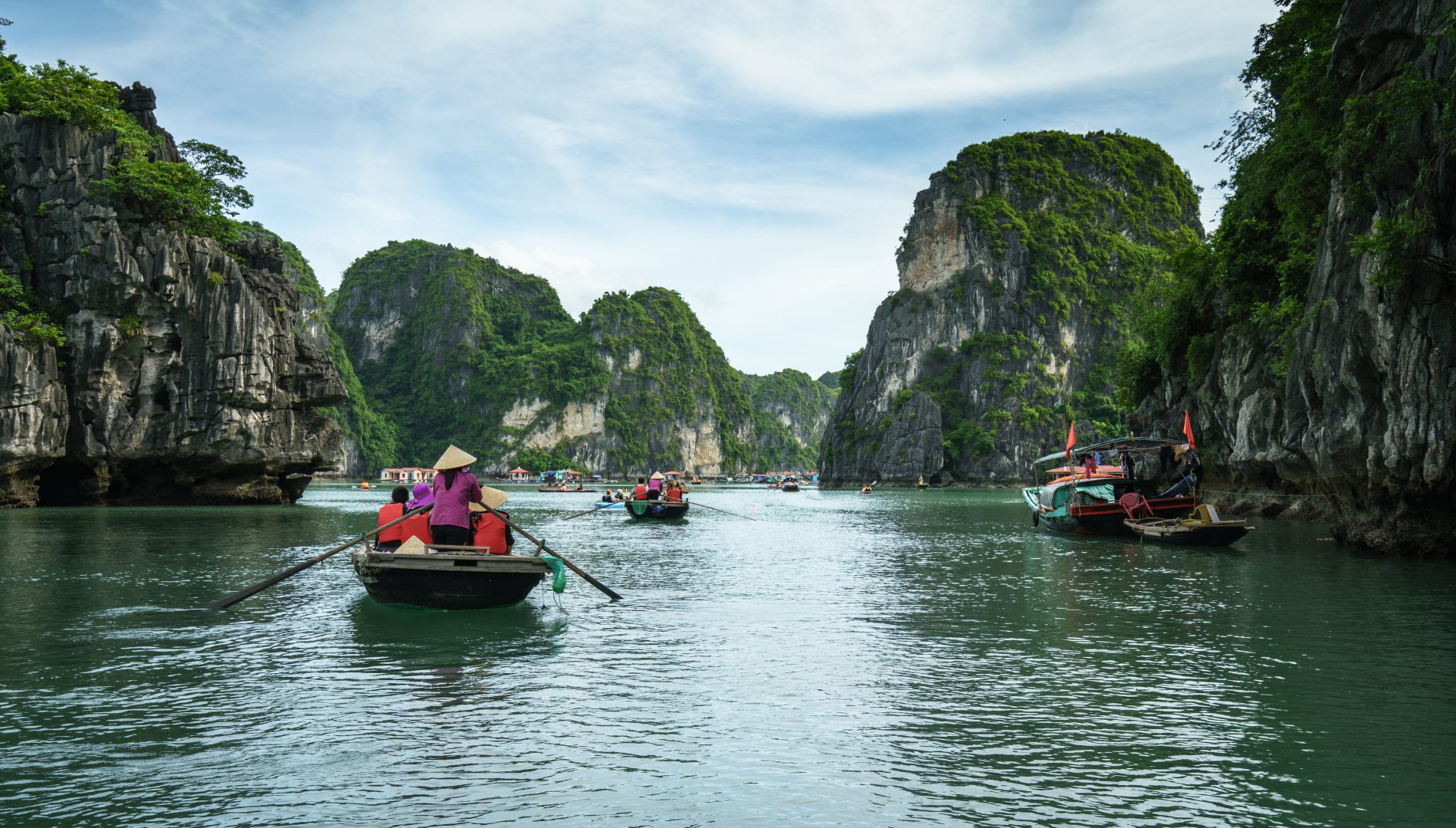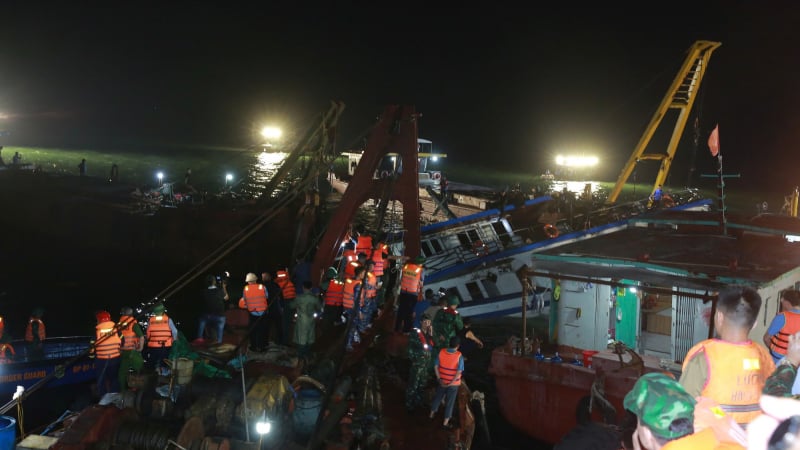Every year, Vietnam records many unfortunate waterway accidents, causing loss of life and affecting the psychology of tourists. These incidents not only leave pain for families but also raise the issue of needing more attention to safety assurance on inland waterways and coastal routes. In addition to technical factors, the subjectivity of both vehicle operators and passengers is also the cause of unexpected situations.
The boat sinking incident in Ha Long Bay on the afternoon of July 19, with 35 people dead and 4 missing, has shocked and saddened the public nationwide. These events once again emphasize the importance of equipping people with knowledge and skills for underwater survival, especially those who regularly participate in water tourism. Experts have continuously given specific recommendations and instructions to increase the chances of survival if they are unfortunately faced with an emergency situation on rivers or at sea.

Tragic accidents are a warning to people.
What should you keep in mind when traveling by water?
Always listen and remember safety instructions
In the cruise industry, major companies adhere to strict safety regulations. Conducting safety briefings before each voyage is not only a requirement but also a demonstration of the service provider’s commitment to safety. Failure to do so can result in heavy fines or even the loss of their operating license.
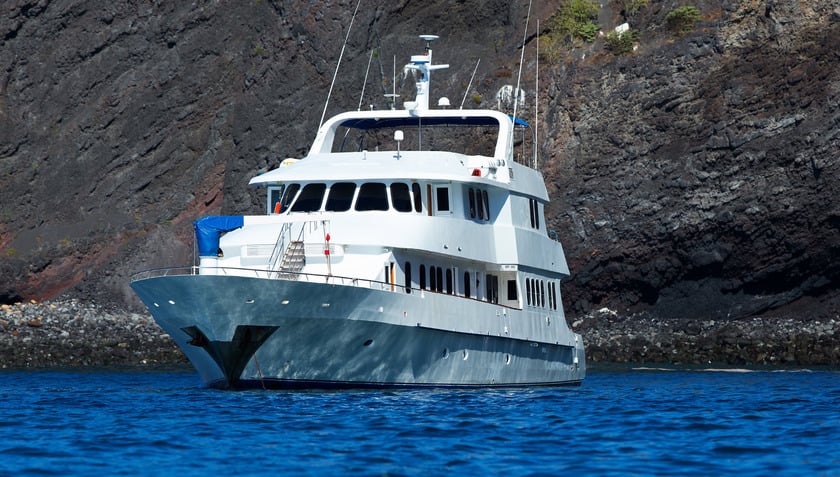
Cruise travel can be a relaxing journey for those who want to relax. However, you need to pay attention to the following principles to ensure a smooth and safe trip.
A standard safety briefing usually includes many important contents. Passengers will be introduced to the response procedures in case of an incident, from how to recognize emergency signals to how to move and gather in a safe area. Rescue items such as life jackets, life rafts and communication devices will also be specifically instructed on the location and use. In particular, passengers will be shown the nearest emergency exit from their seat, along with the voice commands and alarm sounds to note in an evacuation situation. Although rarely used, this information can determine the ability to rescue and the survival rate in an emergency.
Actively observe and familiarize yourself with the surrounding environment
Every airline’s safety procedures are based on practical experience and international standards, so no instructions are superfluous. It is essential that passengers actively listen and cooperate during the briefings. In the rare event of an emergency, the chances of survival usually belong to those who are prepared and know what to do.
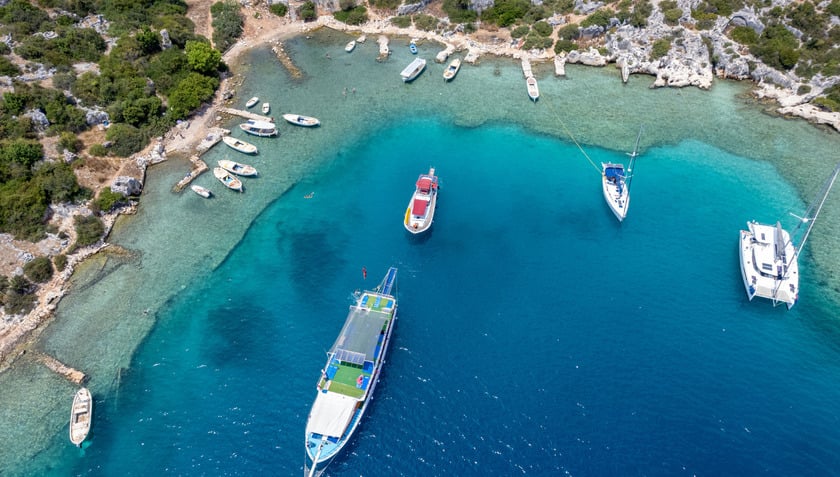
Travelers need to clearly understand the itinerary: how long it will take, where to go and what to avoid.
In addition to listening, visitors should also proactively check the safety items that have been instructed. Make sure that life jackets are available in an easy-to-reach location and other equipment such as life buoys (if any) are in good working condition. Another useful habit is to look at the escape map as soon as you step on the ship. Similar to entering a new hotel, apartment building or boarding a plane, identifying the nearest exit and memorizing the route will help you react more quickly and effectively if any incident occurs.
Always keep a life jacket with you
Life jackets are the most important life-saving equipment. Every passenger on board is provided with one. Even if you do not wear it during the trip, keep it in an easily accessible place. As soon as you have any premonition of an accident, immediately put on the life jacket properly.

Always keep a life jacket close by when traveling by boat.
Handle heavy objects and move them safely
If the boat shows signs of trouble, quickly remove unnecessary heavy objects and place them on the floor or throw them off the boat if possible to avoid injury when the boat rocks. Then, move slowly towards the center of the boat, which is usually more stable and safe.
If water starts to flood in, stay calm and work with others to use available tools to bail out the water. In the meantime, kneel or sit low to maintain your center of gravity and avoid losing your balance. In particular, if someone panics, absolutely do not struggle or stand up because this can cause the boat to capsize faster.
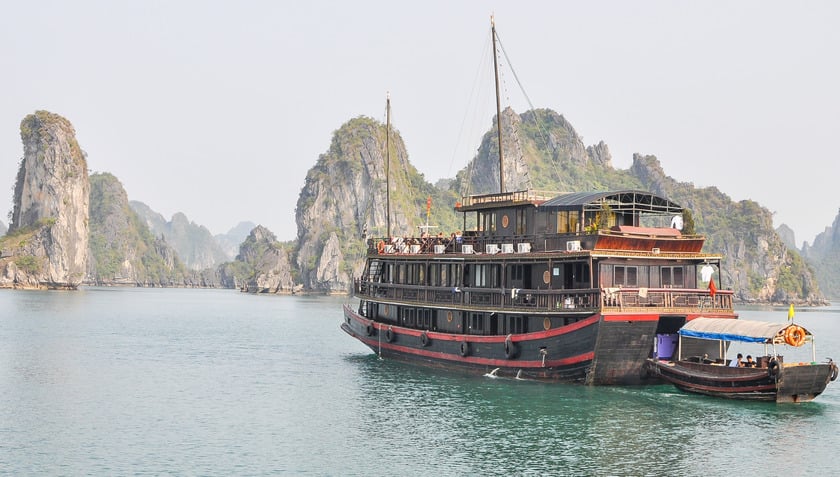
Always stay calm when handling heavy objects if the boat shows signs of sinking.
Hold on to something floating and quickly leave the danger zone.
When the ship begins to sink, quickly throw into the water all items that can float such as plastic cans, foam pieces, plastic barrels or buoys. If the ship has a life buoy system, move according to the instructions of the crew and maintain order; absolutely do not jump into the water or rush to the lower deck, as this may endanger yourself and others.
In case there is no lifebuoy, calmly look around for floating objects that can be held onto, then jump towards them. If there are many lifeboats, try to connect them with ropes or cloth, this will increase stability in big waves, maintain cohesion between groups of people and make it easier for rescue ships to detect.

Try to find floating objects to hold on to for your safety.
One important thing to remember is that when the boat starts to sink, the vacuum effect can pull you down with it. So if you have to jump off the boat, use all your strength to get as far away as possible, while looking carefully to avoid colliding with other people or jumping into an area that is already crowded.
Once in the water, never struggle in panic. Uncontrolled exertion will quickly exhaust you and make you more likely to sink. Try to take a deep breath, relax, and lie on your back to float on the water. This is an important technique to help you hold your breath, stay calm, and increase your chances of survival, even if you can't swim. This way, you can hold on until the rescue team arrives.
Save your strength and send a distress signal
If you discover an oil slick from a sunken ship, immediately try to get away from the area because the risk of explosion from the oil slick is very high. In case you see another plane or ship from a distance, use all means to send a distress signal: light flares, create smoke, wave brightly colored clothing or make loud noises. However, if the signal is not recognized, do not waste too much energy, save your energy for more urgent situations.
In any case, the most important thing is to conserve your energy. Limit your food intake if you have limited food, divide your portions properly and make it a priority to stay hydrated. If it rains, use plastic bags, hats or any other available items to collect water - fresh water is vital. Absolutely do not drink seawater, as it will dehydrate you even more quickly. Seaweed, if found, can be a temporary source of nutrition to help you survive.

If you are drifting at sea, you must calmly determine the direction of land and find a way to send out a distress signal if you see any vehicle passing by.
When out at sea, try to stay calm and observe and determine the direction of land. Seabirds often fly home in the afternoon – if you see them, you can follow their flight path. When there is a signal of land, use the wind or current to approach that direction as safely as possible.
No one wants to be adrift at sea, but if it happens, in addition to survival skills, you also need mental strength to overcome fear and panic. It is calmness and the will to survive that will become the compass to help you overcome danger and increase the chance of being rescued.






